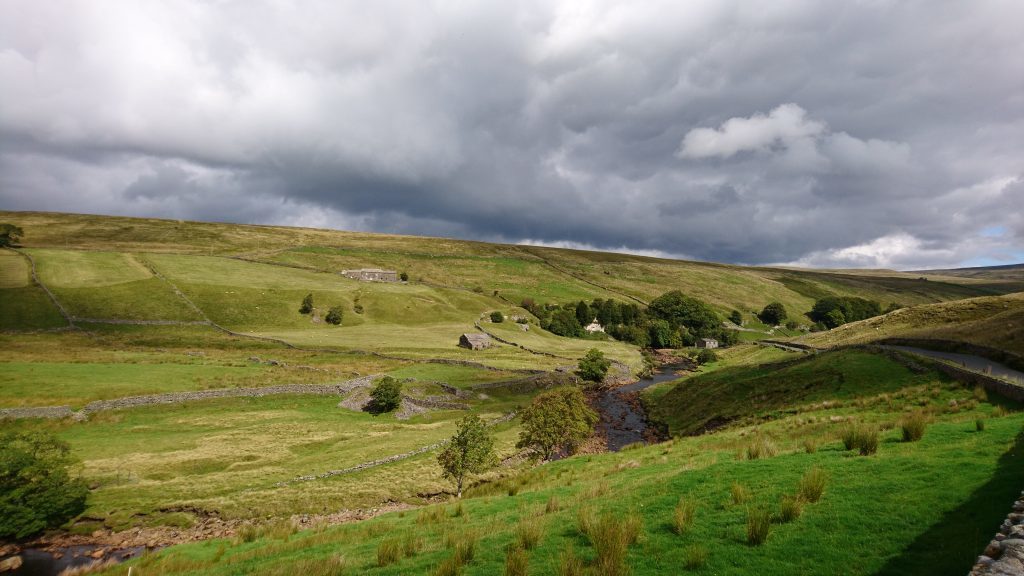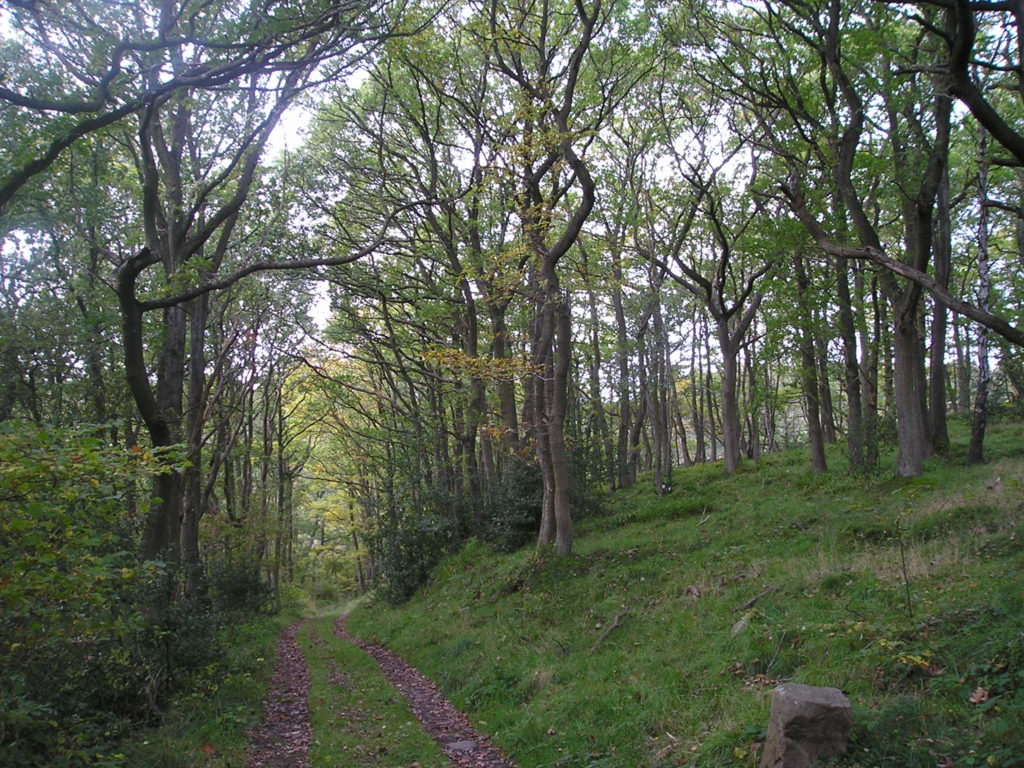What’s special
Woodland birds
Woodland birds
Native woodland in the North Pennines is fragmented and not extensive in area. Nonetheless, it supports some special birds.
The oldest woodlands surviving in the North Pennines are found in the most inaccessible areas where the effort required to fell the trees in times past was too great. In general these areas are the steep-sided valleys and gorges alongside rivers and streams. Typically such woodlands are dominated by either oak or ash. On alkaline soils ash woods predominate with a characteristic ground flora comprising plants like bluebell, primrose, wood cranesbill and wild garlic. On more acid soils, oak woods predominate and here the ground flora comprises plants like wavy hair grass, wood sorrel and wood anemone. An important and characteristic group of migratory birds breed in these mature woodlands. With their arrival, and as they join the resident species in their springtime dawn chorus, these woods seem to burst with life.
Long distance migrants
The most characteristic breeding birds of upland oak woods are the pied flycatcher, redstart and wood warbler. All three are summer migrants from Africa and all have strident and distinctive songs. Often difficult to see amongst the emerging woodland foliage, the male pied flycatcher is a striking black and white bird. Like other flycatchers, they typically make short flights from a branch to snap up an insect and then return to the same perch. With similarly dramatic plumage, the male redstart has a bright orange breast, black face and grey back. They typically flick their tails to expose their orange outer tail feathers and this, together with their liking for the woodland edge, makes them easier to see than some of the more secretive woodland birds. In common with other warblers, the wood warbler has more subtle plumage. The back is olive green and the breast yellow fading to white below; far more distinctive is their loud song that erupts from the tree canopy high above.
Common songbirds
Even in the smallest block of woodland, the richness and diversity of bird life, and the songs and calls that may be heard, can be astounding. During spring, virtually all woods will contain song thrush, mistle thrush and blackbird, all glorious songsters. Other common woodland species include blue tit, great tit, coal tit, long tailed tit, chaffinch, robin, wren, treecreeper, goldcrest, great spotted woodpecker, jay and tawny owl. Common woodland migrants include willow warbler, chiff chaff, blackcap, garden warbler and spotted flycatcher. Other woodland birds are more uncommon but can still be found in some wooded areas of the North Pennines, and these include nuthatch, willow tit, marsh tit, siskin, and redpoll.
Strange habits
The woodcock is a woodland bird that merits special mention. This bulky wading bird with a very long bill frequents tracts of moist woodland with open glades, dense ground cover and damp areas for feeding. In the North Pennines they also venture on to the moorland edge. They are nocturnal birds and are therefore seldom seen, their presence normally being detected by their curious crepuscular (at dusk) display flight known as “roding”. Whilst roding, the woodcock flies overhead and gives two to four frog-like croaks, followed by a thin but far-carrying “tseeping” call.
Birds of prey
Whilst not strictly woodland birds, the buzzard and sparrowhawk do nest in trees in wooded areas. If you see a large bird of prey soaring above the pastures and moorland of the North Pennines it is most likely to be a buzzard. After many centuries of absence, this species is now making a welcome return. Similarly, after declining to very low levels during the 1960s owing to the impact of organochlorine pesticides, the sparrowhawk is now a comparatively common bird in the North Pennines.











